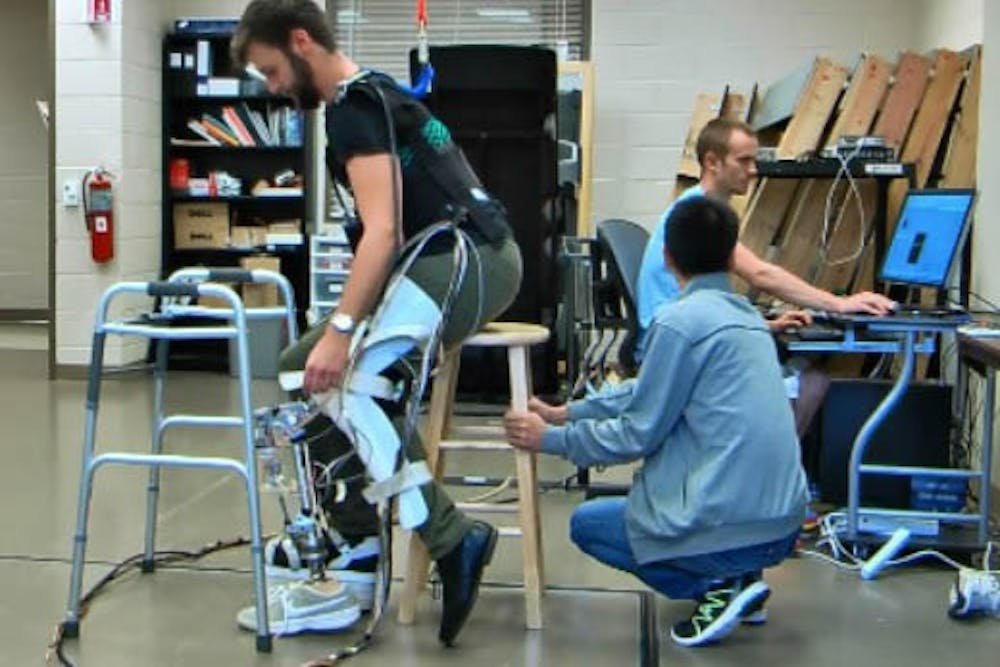An ASU professor and a team at North Carolina State University are developing an algorithm-based prosthetic that can learn to adapt to users and feel more like a part of their body.
The technology is being developed through a collaboration between ASU professor Jennie Si of computing, informatics, decision systems engineering and a team led by Helen Huang, a former ASU alumna and professor at a joint program with North Carolina State University and University of North Carolina.
The technology will be a type of active prosthetic, which refers to a prosthetic that is capable of a full range of motion. The devices are battery-powered and require much less physical effort to operate them, allowing them to more effectively mimic the human limb that they are meant to replace.
The prosthetic that Si and Huang are developing uses a reinforcement learning algorithm – a type of algorithm that makes a decision by analyzing prior events – that Si developed to enable the prosthetic to actively adapt and learn more about its user.
Normally, individuals often must go through hours of therapy to adjust to their new limb. But with the new prosthetic, once the limb is programmed to its user, it may take as little as 10 minutes for the user to comfortably walk on a level surface.
While there is a lot research in developing better lower-limb prosthetics, the technology Si and Huang are developing is unique in its approach to using machine learning.
"Most prosthetics that you will see in the market are hard-coded and don't provide much flexibility," Si said.
Current active prosthetics do not adapt to changes in the user, requiring a visit to clinic to re-calibrate the prosthetic any time something like the patient's weight changes, said Michael Pack, a certified prosthetist at Arizona-based prosthetic clinic Artificial Limb Specialists.
But while the technology might to be able to mitigate the issue, one potential issue that might bar people from this technology is the cost, he said.
"Active prosthesis can be very expensive," Pack said. "A patient needs to prove that they have to lead a very active lifestyle in order for insurance to provide any sort of coverage."
Si said she hopes the technology will be accessible to anyone who wants to use it.
Si and Huang first met at ASU when Huang was obtaining her doctorate at the University. Huang said she saw potential in Si's knowledge of machine learning and asked her to help out with a reinforcement learning algorithm for a prosthetic knee Huang's lab was working on.
The algorithm for the prosthetic allows for the device to “tune” itself to cater to the needs to the current situation. Through self-tuning, the prosthetic will recognize the shifted weight and will adjust accordingly.
"Imagine a person suddenly putting on a backpack," Si said. "The bag will shift how the body holds its weight. After the first experience, the prosthetic will now know how to react to this situation."
The algorithm uses 12 parameters to control the device, compared to the one control parameter of typical active prosthetics. The use of only one parameter makes current technology prone to regular checkups.
Since the reinforcement algorithm utilizes 11 more control parameters, Huang said it will help minimize the amount of visits a patient will need to make to a clinic. The algorithm can fix a lot of issues that patients will have with their prosthetics without the need to see a licensed professional.




